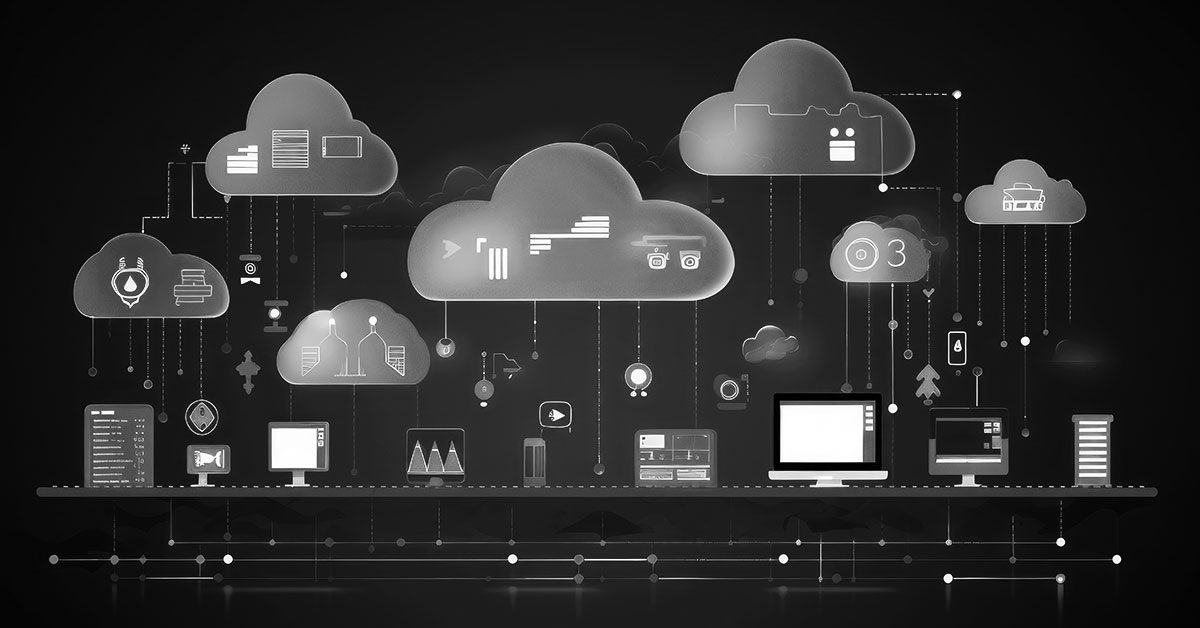Understanding the Different Types of Data Centers Data centers are specialized facilities designed to house and manage computer systems and associated components, such as servers, storage, networking equipment, and security devices. They provide essential resources for storing, processing, and disseminating data over the internet. Traditional Data Centers Traditional data centers are the foundation of enterprise computing infrastructure. These facilities are typically large-scale installations equipped with rows of servers housed in racks, connected by intricate networks of cables. They require substantial physical space, cooling systems, and power supply to operate efficiently.…
Read MoreCategory: Cloud Computing
Demystifying Cloud Computing: Understanding Cloud-Native Applications and API Gateways
In today’s digital age, where technology evolves rapidly, businesses are continually seeking innovative solutions to streamline their operations and deliver better services to customers. Cloud computing has emerged as a transformative technology, enabling organizations to leverage scalable infrastructure and access a myriad of services on-demand. In this article, we’ll explore two fundamental concepts in cloud computing: cloud-native applications and API gateways. Understanding Cloud-Native Applications The Cloud Native Computing Foundation (CNCF) defines cloud-native applications as those designed to fully exploit the advantages of cloud environments. These applications are built using microservices…
Read MoreOptimizing Resource Replication for Performance and Cost Efficiency
In the ever-evolving landscape of technology, Cloud Computing has emerged as a game-changer, revolutionizing the way businesses operate and individuals access and manage data. At the heart of this transformation lies resource replication, a fundamental concept that fuels the scalability, reliability, and resilience of cloud-based systems. In this comprehensive guide, we’ll delve into the intricacies of resource replication in Cloud Computing, unraveling its significance, mechanisms, and real-world applications. Understanding Resource Replication: Resource replication in Cloud Computing refers to the process of duplicating data, applications, or entire virtualized environments across multiple…
Read MoreUnveiling the Cloud: Navigating Common Challenges in Cloud Computing
In today’s digital era, cloud computing has emerged as a game-changer, offering unparalleled flexibility, scalability, and accessibility to businesses of all sizes. However, like any technological advancement, it comes with its own set of challenges that organizations must navigate to fully leverage its potential. 1. Security in the Cloud: Protecting Your Data Fortress Security concerns often top the list of challenges associated with cloud computing. Entrusting sensitive data to remote servers requires robust security measures to safeguard against potential breaches and unauthorized access. Implementing encryption, multi-factor authentication, and regular security…
Read MoreUnveiling the Layers of Cloud Computing: A Guide to Understanding and Leveraging the Cloud
Introduction: In today’s digital era, cloud computing stands as a cornerstone of technological advancement, revolutionizing the way businesses operate and individuals interact with technology. At its core, cloud computing offers a scalable, flexible, and cost-effective solution for storing, managing, and accessing data and applications over the internet. However, beneath the surface of this transformative technology lies a layered architecture that forms the foundation of the cloud. In this article, we delve into the layers of cloud computing, unraveling their significance and exploring how businesses can harness their power to drive…
Read More



